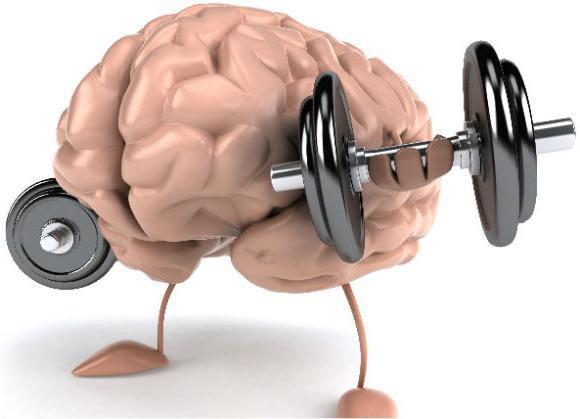
Melatonin for good sleep
What is it and what does it do
Dermatologist Aron Lerner in 1958 first described a hormone from the pineal gland, which cleared melanocytes from amphibians. Due to the fact that it was derived from serotonin and because of the link to melanin, he named it melatonin.
We can find melatonin in:
- cerebrospinal fluid
- Cerebral and systemic circulation
- Retina
- Immune cells
- Intestine
- Bile
In the study of Stefujl. (2001) showed that we can even find it in: the fundus of the stomach, testes, spinal cord, cerebral cortex, suture nucleus, striatum nucleus, where a sufficient amount of mRNA and enzymes necessary for its synthesis are found.

The production of this hormone shows changes during the day associated with the circadian cycle generated by the internal “clock” in the suprachiasmatic nucleus, located in the hypothalamus, which is synchronized with the 24-hour light-dark cycle. day.
Light / dark signals from the retina are transmitted to:
- through the suprachiasmatic nucleus
- periventricular nucleus
- to the superior cervical ganglion
- through sympathetic fibers to pinealocyte
The biochemical cascade begins with tryptophan, which is converted to serotonin, which in turn goes through a process called acetylation and then another process called methylation to form the melatonin molecule. The effect of melatonin supplementation is widely studied and known, and depends on whether there is a previous sleep disturbance. The peculiarity of the addition of melatonin is that the endogenous one plays an important role in the circadian regulation of sleep, while the exogenous one influences aspects of sleep like its latency and quality. Below I have provided a list of the most frequent chronobiological changes in sleep / wake rhythm, in which the effect of melatonin was very positive.
Initial changes
- Phase delay syndrome
- Phase Progressive Syndrome
- Irregular sleep / wake syndrome
Secondary changes
- Jet lag
- Aging
- Blindness
- Shift work
- Pathology (main brain)
Medicines
The ability of melatonin to regulate the biological clock was originally studied in blind subjects. In these subjects, photoperiod information cannot activate the endogenous clock. In these cases, genetically encoded cycles of 25 hours appear. Melatonin injection every 24 hours (1-10 mg / day) restores rhythms, including sleep / wakefulness, synchronizing them with a period of 24 hours.
Throughout life, melatonin production varies with age. Regardless of the level in youth, melatonin levels decrease proportionally in the same way in each person, and their levels can serve as markers for some pathologies, such as hidden spina bifida, sarcoidosis, tumor and immune pathologies, thyroid function, epilepsy, or “simple” stress .
Melatonin as an antioxidant
Hardenland, 1995, indicate the possibility of circadian production of melatonin as an antioxidant. Both the general oxidative state (EAT) of the body and the melatonin rhythm show diurnal fluctuations. When a person is exposed to light at night, their EAT and melatonin levels are significantly reduced. The solubility of fat in this substance allows it to overcome all biological barriers and reach any cell compartment to prevent oxidative damage. Its antioxidant functions include:
- Direct neutralization of free radicals.
- Stimulates the activity of antioxidant enzymes by regulating the expression of genes of some oxidation-reduction enzymes.
- Increases the efficiency of mitochondrial oxidative phosphorylation and reduces electron leakage.
- Increases the effectiveness of other antioxidants.
Its neutralizing ability for hydroxyl radicals is 5 times higher than that of glutathione and 15 times higher than that of mannitol
Some animal studies have found:
- Prevention of mitochondrial oxidative damage caused by beta-amyloid protein (a neuropathological marker of Alzheimer’s disease).
- Decrease in lipid peroxidation of the cerebral cortex and diencephalon, as well as ulcerogenesis of the gastric mucosa caused by malondialdehyde (a marker of oxidative degradation of the cell membrane).
- Prevention of tubular necrosis with its antioxidant power and restoration of the activity of antioxidant enzymes in rat kidneys after treatment with gentamicin, which enhances lipoperoxidation.
- Reduction of lipid peroxidation in the liver, lungs, ileum and kidneys of rats after exposure to zymosan (a non-bacterial agent that causes inflammation due to reactive oxygen species).
- Reduced damage in the pyramidal region of the rat hippocampus after exposure to quinolinic acid (used to damage neurons).
- Significant reduction of lipid peroxidation in the plasma of the spleen and rats after an overdose of iron or phosphine triggers lipid peroxidation.
- Protecting the lungs and kidneys of rats against the potential carcinogenic effect of D-aminolevulinic acid.
- Increased overall antioxidant capacity
- Statistically significant maintenance of SOD (superoxide dismutase), GPX (glutathione peroxidase enzyme) and CAT (catalase) activity in the melatonin experimental group versus the control group
In any case, if you suffer from any pathology, we recommend that you consult a doctor / specialist before starting self-medication.
In addition to pathologies, we can bring huge benefits from this substance, especially if our training is very hard and / or we train in the evening, which can cause overexcitation of the nervous system and prevent us from falling asleep after a hard day. Job. Melatonin supplementation in healthy people helps to repair oxidative damage caused by exercise faster, improving recovery time and therefore performance.
